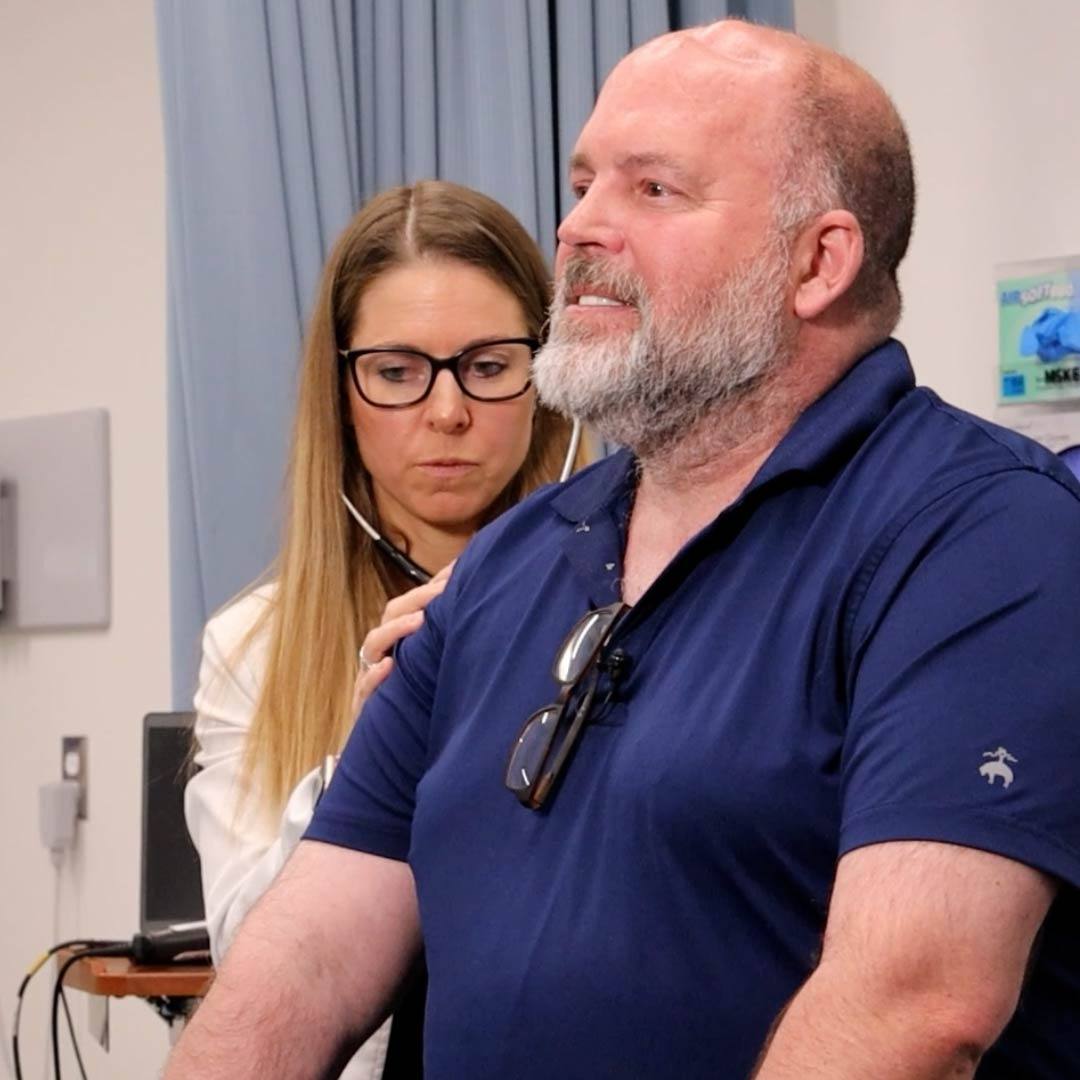by Raquel Rivas
It was 1979 when at 76, my grandmother suffered a stroke. Thirty-three years ago there was little people could do but deal with a stroke and its after effects. My grandmother thankfully regained her speech but she went through months of physical therapy and only regained a bit of mobility on the right side of her body. She eventually got used to accepting help from others with basic tasks such as dressing and bathing.
Each year in the U.S., 795,000 people have a stroke. And although death rates have declined, stroke is still the leading cause of serious, long-term disability in adults. Up to 30 percent of stroke patients become permanently disabled.
Unlike in my grandmother’s day, when most times we’d just hope for the best, stroke treatment has evolved. Today, there are drugs, better imaging methods and new devices, which make it possible to lessen the damage that can occur in the aftermath of a stroke.
Through my work, I had the opportunity to meet with Dr. Rabih Tawk, a cerebrovascular specialist at Mayo Clinic in Jacksonville, Fla., and learn more about the life-saving techniques patients have available today. Dr. Tawk shared that time is crucial in saving brain function and so the need to be aware of the signs and symptoms of stroke is critical. One of the most effective treatments is an intravenous drug known as tPA (tissue plasminogen activator), which aims to break up a clot in a vein or artery. But this medication has shown most effective when given within 3 hours of symptom onset and is only given to about 10 percent of all patients. I wondered what was available for other patients. What about people who had a stroke overnight like my grandmother?
Dr. Tawk shared some exciting news. The time limit for tPA is increasing – it’s gone up to four hours. And now surgeons are also able to insert a catheter through a vein in the leg and deliver tPA directly to the site of an obstruction in the brain. Also, thanks to some new devices, specifically stents and tools called flow diverters, doctors have several effective minimally-invasive alternatives to unclog blood vessels and restore normal blood flow.
I sometimes worry if I’m at risk for a stroke due to my grandmother’s history. And while I take time to ensure I know the signs of a stroke, I feel safe in knowing that medicine continues to advance.







